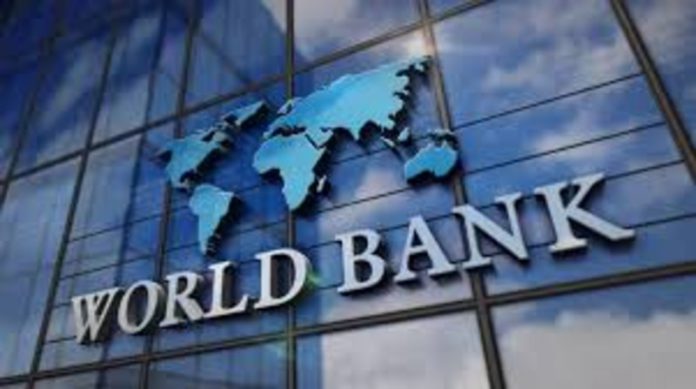The National Health Insurance Scheme (NHIS) is facing financing shortfalls that are undermining progress in health and the protection of vulnerable groups, according to the World Bank’s key findings in Ghana’s Public Finance Review.
The report highlights that while public funding has supported improvements in health and nutrition outcomes, challenges persist. Specifically, NHIS is no longer receiving its full National Health Insurance Levy (NHIL) allocation due to the capping law.
Additionally, there is a gap between budgeted allocations and the actual cash received from the Ministry of Finance.
The report also points out that high administrative costs are limiting spending efficiency, with less than 60% of the NHIS budget going toward claims.
Regarding social assistance programs, the World Bank acknowledges that while they are well-targeted at the poor, their impact is limited due to low benefit levels.
The main social assistance programs—LEAP, LIPW, and GSFP—represent only 0.2% of GDP (with a 2025 target of 0.3%) and 1.0% of total government spending, which is significantly below the average in comparator countries (1.5% of GDP).
For context, energy subsidies accounted for approximately 2% of GDP in 2023 (US$1.5 billion).
The World Bank emphasizes that external funding remains critical for these social assistance programs.
READ ALSO:

